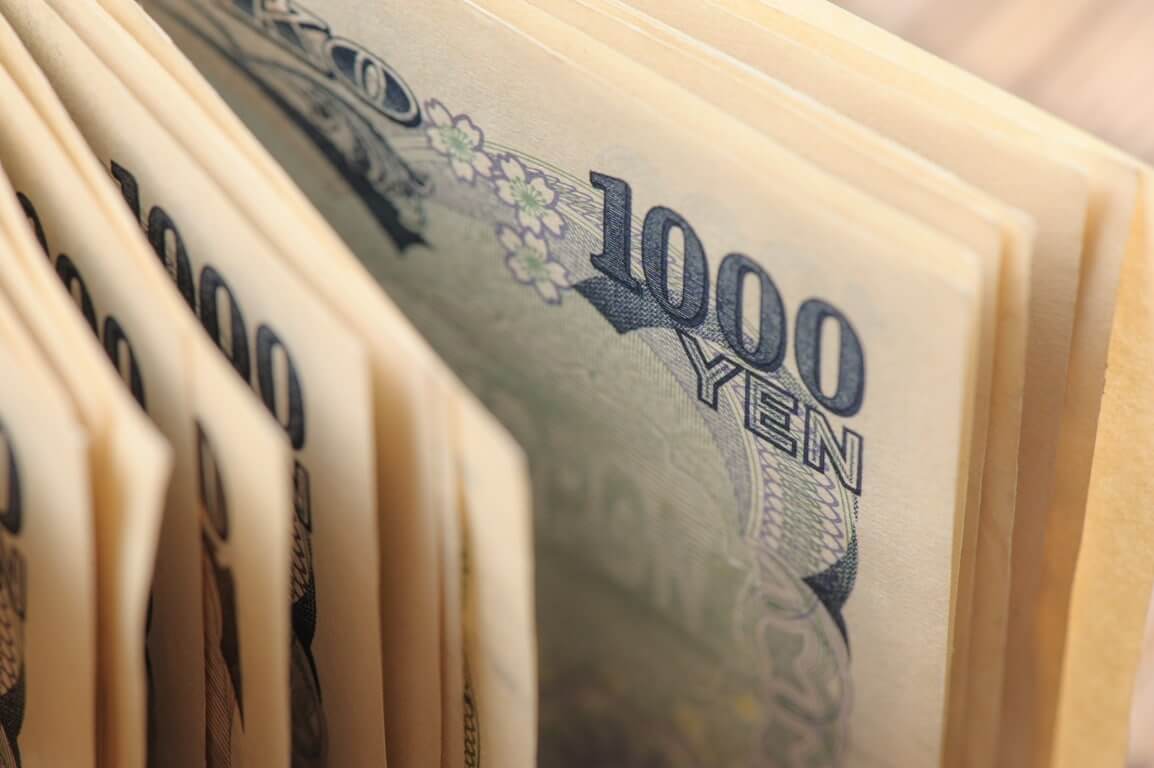
U.S. Dollar Soared on Wednesday. What About the Yen?
The U.S. dollar rebounded on Wednesday after suffering great losses over the last weeks. Traders are waiting for the Federal Reserve’s policy decision due next week. Meanwhile, the common currency continued to trade slightly lower from its nine-month peak. The Euro declined by 0.26% against the greenback at $1.086 today, dropping from the $1.093 level hit on Friday. That was the currency’s highest point since early May.
Moreover, the dollar plummeted by 0.32% against the Japanese yen, exchanging hands at 129.74 yen per USD at last. The USD/JPY pair plunged to an 8-month low of 127.22 on January 16. Forex markets are quiet due to the Lunar New Year holiday and the approaching Fed meeting, noted Alvin Tan, the head of Asia FX strategy at RBC Capital Markets.
Many Asian countries are still on holiday; besides, traders are cautious about the Fed’s impending decision. Global energy prices decreased, causing inflation to a slowdown in advanced economies. That has spurred speculation the Federal Reserve, and other central banks might soon stop hiking interest rates.
The dollar index dropped by more than 11% from September’s 20-year peak of 114.78 as investors await the agency to move on from its aggressive interest rate-raising course. The index climbed up 0.12% to 102.04 today, though. On the other hand, the British Pound tumbled by 0.25% to $1.231.
Analysts think the Fed might raise rates by 25 basis points (bps) next Wednesday. That would be a step down from a 50-bps hike in December. Meanwhile, traders will focus on U.S. fourth-quarter economic growth figures. The latter is due on Thursday.
New Data About the Eurozone Surprised Markets. Why’s That?
On Tuesday, fresh data showed that euro area business activity unexpectedly returned to modest growth this month. Expectations of further rate hikes by the ECB have also bolstered the Euro. Moreover, according to Ifo Institute survey data, German business morale significantly improved this year. Inflation lowered, and the outlook seems more optimistic.
On the other hand, U.S. business activity shrunk for the seventh consecutive month in January. However, the data showed on Tuesday that the downturn moderated across services and manufacturing for the first time since September. Rodrigo Catril, a currency strategist at National Australia Bank, noted that such a report confirms that the resilience in the Eurozone and the challenges they’ve had in terms of energy have not been as big obstacles as some investors had expected. But the slowdown in the United States seems to be broadening.
On Wednesday, the Australian dollar rallied to a more than a five-month peak. Inflation data came in higher than economists expected, supporting the case for further rate hikes from the Reserve Bank of Australia. Still, the currency climbed up 0.63% to $0.709 at last.
At the same time, the New Zealand dollar plummeted by 0.54% to $0.647 today. The country’s annual inflation of 7.2% in Q4 was below its central bank’s forecast of 7.5%. The greenback moved slightly against the Canadian dollar. Market participants await the Bank of Canada’s interest rates decision. Meanwhile, it traded at C$1.337.
What About the EM Currencies?
The Thai baht remained steady on Wednesday. The country’s central bank increased interest rates as expected. It also hinted at further adjustments. At the same time, Singapore shares remained near a nine-month high. The baht is the best-performing EM currency so far this year. It declined by 0.1% after the Bank of Thailand said further rate increases would be gradual and measured.
Vishnu Varathan, an analyst at Mizuho Bank, noted that expanded policy space from the central bank rebound leaves the door open for a pause predicated on increased debt vulnerabilities.
On Wednesday, Malaysia’s ringgit jumped by 0.4%, while the South Korean won surged forward by 0.3%. The Indian rupee also added 0.1%. Furthermore, Singapore’s dollar rallied by 0.4% after December core inflation came in a bit higher than the forecast. However, the Pakistani rupee plummeted by 1.2% versus the U.S. dollar after forex companies removed an upper cap on the currency. According to them, it created “artificial” distortions in the forex market.
Indonesia’s rupiah declined by 0.5%, reversing a 1.2% rally in the previous session. The country’s central bank hinted about Tuesday’s tightening cycle’s early end.




